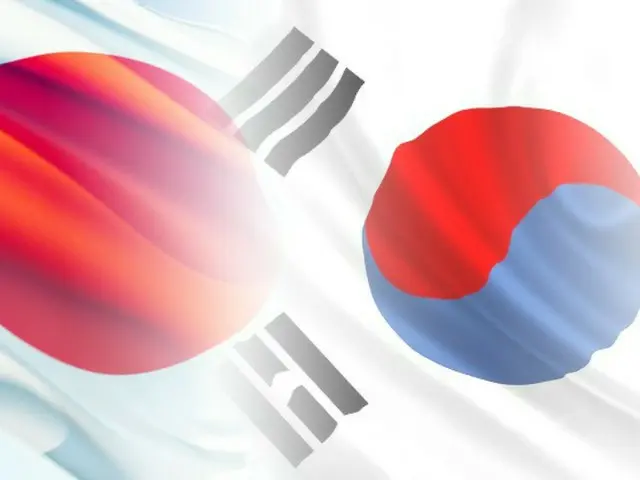A memorial service for Korean victims of the atomic bomb was also held in Hapcheon, Gyeongsangnam-do, South Korea. Hapcheon is also known as the "Hiroshima of Korea" because of the large number of Korean victims of the bomb.
Approximately 50,000 people, including atomic bomb victims and their families, attended the Hiroshima Peace Memorial Park organized by the city. The Israeli ambassador to Japan, whose country continues to fight in the Gaza Strip, was also in attendance.
In light of the worsening international situation, Mayor Mito called on civil society in his peace declaration to "take action together with hope in our hearts, and we can certainly persuade policymakers who rely on nuclear deterrence to change their policies."
Prime Minister Fumio Kishida reaffirmed his commitment to the three non-nuclear principles and said, "We will lead the international community in increasing momentum toward nuclear disarmament."
A list of the names of 1,079 people who died in the atomic bombing was placed in the memorial, bringing the total number of victims to 344,306. Meanwhile, on the same day, the victims of the atomic bombing were commemorated in Hapcheon, a mountain town in South Gyeongsang Province, South Korea.
A memorial service was held for the victims of the atomic bombing of Hiroshima. Many people who came to Hapcheon to work or were conscripted during the Japanese occupation and were exposed to the atomic bombing, and returned home after the war, are living there.
Of the approximately 50,000 victims, 70% are said to be former members of Hapcheon, and of the approximately 1,700 victims who are still alive today, about 250 live in Hapcheon.
The memorial tablets of the victims are enshrined here, and a memorial ceremony is held every year on August 6th. This year, about 300 people, including atomic bomb survivors, members of the Diet, and local government officials, attended the ceremony. They laid flowers at the memorial and mourned the victims.
Jeong Won-sul, president of the Korean Atomic Bomb Victims Association, called for the abolition of nuclear weapons, saying, "They are merciless and inhuman weapons." Shin Jeong-woo, director of the Gyeongsangnam-do Welfare and Women's Bureau, said, "
"We will continue to pay attention to and make efforts to remember the history of pain together and ensure that the sacrifices of the victims are not in vain," he said.
A memorial service was held in front of the building to mourn the victims. The memorial service was organized by the Hiroshima Prefectural Headquarters of the Korean Residents Union in Japan, and this year marked the 55th anniversary of the event, with about 250 Korean residents in Japan and atomic bomb survivors attending.
The list of 2,814 deceased was presented, including the names of four people who passed away in the past year. All attendees observed a moment of silence, and women dressed in traditional Korean attire sang a memorial song.
"We will keep in our hearts the desire for world peace and prosperity for humanity, and do our best to pass on all the memories inherited from the victims of the atomic bomb to the next generation," said Kiseon, head of the delegation, in his speech.
Also in attendance was Lee Sang-deok, director of the Office of Overseas Koreans in Japan, which provides support to Koreans living in the United States. He said, "We will do our utmost to promote the common prosperity of mankind and world peace so that the tragedy of an atomic bomb will never be repeated."
The memorial was erected in 1970. In keeping with the legend that "the spirits of the dead ascend to heaven on the backs of turtles," the monument stands on a turtle-shaped base, and a crown engraved with two dragons is placed on top of it.
The monument was originally erected at the site where Prince Lee, a member of the Korean royal family who had been stationed in Hiroshima as a soldier, had temporarily taken refuge after the atomic bombing. However, it was later discovered that "it is discriminatory to have it located outside the Peace Memorial Park."
In response to criticism, it was moved to the park in 1999. In May last year, South Korean President Yun Seok-yeol, who visited Hiroshima to attend the expanded G7 summit, said,
Together with Prime Minister Kishida, he visited the memorial and laid flowers. It was the first time that the leaders of Japan and South Korea visited the memorial together. At the time of Japan's defeat, there were about 3 million former members of the Korean Peninsula in Japan, and tens of thousands of them had left Hiroshima.
It is believed that the bombing occurred within the city.
2024/08/07 13:45 KST
Copyrights(C)wowkorea.jp 5

